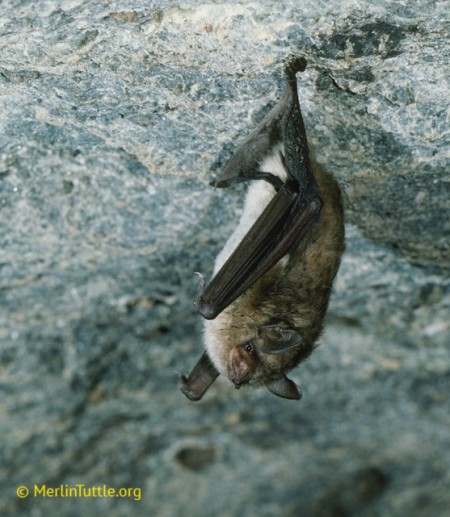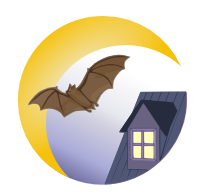Yuma myotis

Latin name: Myotis yumanensis
Average size: Total length of 6-10 cm
Wingspan: 20-26 cm
Weight: 4-9 g
External characteristics: The Yuma myotis’s fur varies from tan to dark brown on top, with paler underparts. The wing membranes and ears are dark brown. The ears reach the nose when pushed forward and the tragus is approximately half the length of the ear. This species looks similar to the little brown myotis, its closest relative. In some regions, it can be extremely difficult to distinguish between the two, although the little brown myotis tends to be larger and has a shinier coat.
Habitat: The Yuma myotis is found across western North America. In Canada, it only lives in British Columbia, where it is found in coastal forests, Ponderosa Pine/Douglas-fir forests and arid grasslands. In the summer, it generally roosts in man-made structures or rock crevices that are in close proximity to water. Females group in buildings, caves or trees. Female bats form enormous maternity colonies in buildings that can reach over 1000 individuals, while males roost separately. The whereabouts of the Yuma myotis in winter is unknown.
Reproduction: Mating occurs in autumn while ovulation and fertilization occurs the following spring. Females bear only one offspring between June and mid July.
Seen in: British-Columbia

